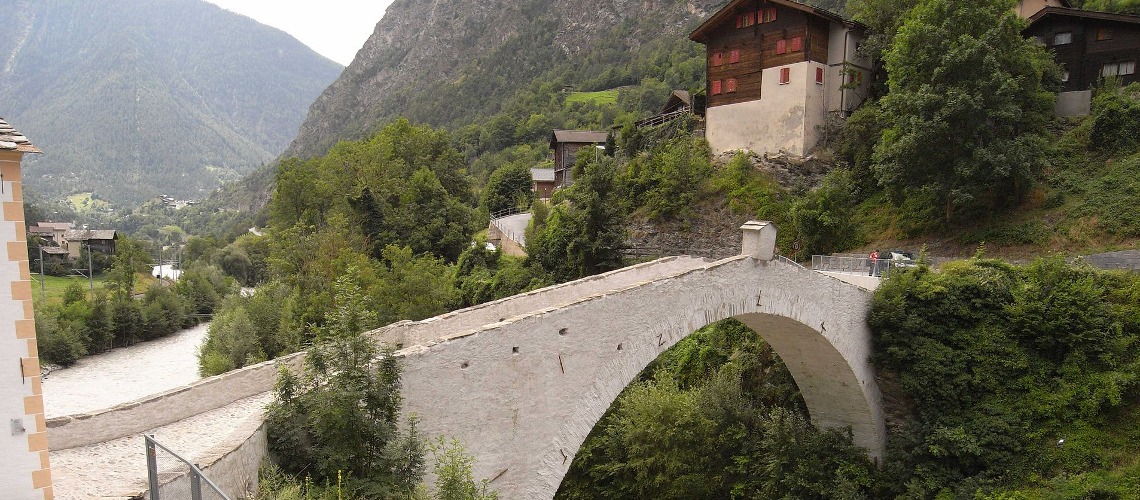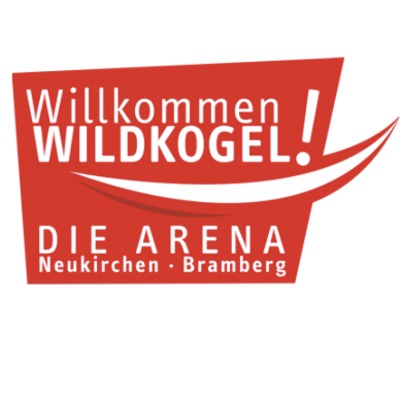Cable Car From Stalden To Torbel Under Consideration

The municipality of Törbel wants to make its village more accessible with a cable car from Stalden. The project also has advantages and clear added value for the community of Stalden.
The initiators' construction project is understandable. The road from Stalden to Törbel is steep and narrow. The journey by post bus takes over 20 minutes. Using a cable car can reduce the journey time to five minutes. The connection to the public transport network will be strengthened and accessibility to the village will be significantly improved. The timetable can be designed flexibly as required.
A new cable car connection from Stalden train station complements and strengthens its importance and attractiveness as a regional public transport hub with connections to rail, bus and cable car.
Side projects for the construction of the Stalden – Törbel cable car include: expansion of the Swissgrid high-voltage line; Reconstruction of the Valgrid high-voltage line; Renovation with possible extension of the multi-purpose facility. The realization also opens up the option of a second cable car stage Törbel – Moos-fluh, which would offer completely new opportunities, especially for tourism.
715 meters in altitude in five minutes
The engineering firm SPI (Schmidhalter Pfammatter Ingenieure) and the architectural firm AZ (Arnold Zurniwen Architekten) evaluated the optimal alignment and possible locations of the valley and mountain stations on behalf of the municipality of Törbel and the canton (Mobility Department). The best option for the valley station is Bahnhofplatz; the mountain station would be located south-west of the sports field.
A cable car with 25 people per cabin is recommended to meet your needs. In five minutes it overcomes a height difference of 715 m over a length of 1,380 m over three supports
Normally the train runs every 30 minutes. The operating times can be flexibly defined according to demand.
The platform level is barrier-free about five meters above the existing roof of the multi-purpose facility. The facades of the valley station and MZA will be harmonized in the interest of improving the image of the village. The legal crossing distances to the existing buildings are fully adhered to.
Road classification unchanged
The Stalden – Törbel road connection will not be disadvantaged by the implementation of the cable car project. The route remains defined as a cantonal road (classification: cantonal secondary road in the mountains). The lots for expansions and security measures on the canton's project list remain in place.
To develop the hamlets on the existing cantonal road, two pairs of courses are planned: morning, lunch and evening. The Törbel – Moosalp bus connections will remain intact.
Financing secured
The preliminary study of the project expects costs of 16.2 million francs based on the price of April 2023. The financing is secured as a FABI project (financing and expansion of the railway infrastructure), provided that the federal government (Parliament or Federal Office of Transport) approves the project. The federal government covers half of the costs through an à-fonds-perdu contribution. The canton takes over around 35 percent as an interest-free, repayable loan, while 15 percent remains for third parties according to the same requirements.
Apart from possible facade changes to the MZA and square renovations, no financial participation is necessary for the municipality of Stalden. The costs of the high-voltage diversion are covered by a distribution key between the project and Swissgrid.
The uncovered operating costs are covered by the compensation in public transport.
Procedure and approval
Together, the spatial planning process and the plan approval process will take several years. The schedule is listed in the preliminary project. The necessary federal resolutions are still pending. Discussions with the Federal Office of Transport (BAV) are ongoing and will be continued. Further technical clarifications are underway, as are negotiations with Swissgrid regarding the relocation of the 220 kV line.
On November 7, 2023, preliminary information was given to those affected in Stalden. The discussion was respectful and engaging. On November 8th, 2023, the population of Törbel was on November 15th
In 2023 those from Stalden will be informed. Questions or concerns regarding crossings, noise emissions and safety were openly addressed. The prescribed distances are guaranteed, the railway drive is located in the mountain station, the supports are on the ground in the municipality of Törbel. The latest, low-noise technology is used.
Consultative votes will take place in Stalden and Törbel in December 2023. The local authorities want to clarify how the population feels about the project and whether it should be pursued at all.
If the project is pursued further, the necessary spatial planning work and the preparations for its decision should be completed by 2025. This dossier requires the approval of the original assemblies. Without a yes vote in both communities, the project will not be implemented. Otherwise, construction between 2028 and 2032 seems realistic.
Sustainable benefits
The previous opinion of the two local councilors is positive. The Stalden authority sees the project as strengthening the regional center in the front Vispertal as a starting point and hub as well as a service, education and health location. The new track ensures more movement, invigorates the clubs and strengthens cohesion. The position of Stalden train station becomes more important as a result of the project. The half-hourly service remains guaranteed.
The project is an investment in future generations for whom public transport, accessibility for older people and slow traffic play an increasingly important role.













